Why Puri City of Odisha is so Filthy : Exploring the Dichotomy in Indian Cities of Religious Importance
Puri is a popular pilgrimage town in the state of Odisha, known for its historic Jagannath Temple, stunning beaches, and vibrant local culture. While the town attracts a significant number of tourists and pilgrims throughout the year, it has also faced challenges related to waste management and cleanliness.

Several factors could contribute to the issue of cleanliness in Puri, including population density, rapid urbanization, infrastructure limitations, and waste management practices. In densely populated areas with high tourist footfall, maintaining cleanliness can be a significant challenge, particularly if there is a lack of effective waste management infrastructure or systems in place.
To address the issue of cleanliness and improve the overall sanitation of the town, concerted efforts are required from local authorities, community organizations, and residents. Initiatives such as public awareness campaigns, waste segregation practices, regular cleaning drives, and the implementation of effective waste management systems can play a crucial role in improving the cleanliness and overall environment of the town.
Efforts to promote sustainable tourism and responsible waste disposal practices can also contribute to maintaining the cleanliness and preserving the natural beauty of Puri. Additionally, the collaboration between local authorities, community groups, and residents is essential in creating a cleaner and more sustainable environment for both the residents and the visitors of Puri.
While it is not accurate to generalize that filthiness is directly related to religious tourism, the presence of popular religious sites, such as temples, can indeed contribute to the challenges of waste management and cleanliness in some areas. In many cases, religious tourism can lead to a surge in the number of visitors, putting a strain on local infrastructure and resources. This influx can result in increased waste generation and additional pressure on existing waste management systems, leading to cleanliness issues in the vicinity of these religious sites.
Moreover, the presence of large religious gatherings, festivals, and ceremonies can further exacerbate waste management challenges, especially if the necessary infrastructure and resources for handling the increased waste volume are insufficient.
However, it is crucial to note that not all religiously significant places or cities experience issues of filthiness. Many regions with religious prominence have successfully implemented effective waste management practices and strategies to ensure cleanliness and hygiene in and around these sites. Initiatives such as community participation, awareness campaigns, and the implementation of sustainable waste disposal systems can significantly contribute to maintaining cleanliness, even in areas with high religious tourism.
Efforts to balance religious tourism with sustainable waste management practices are essential to preserve the sanctity of these sites while ensuring the well-being of the environment and the local communities. Collaborative measures involving local authorities, religious institutions, community organizations, and visitors can play a pivotal role in addressing these challenges and maintaining the cleanliness of religiously significant places.
Related Blogposts :


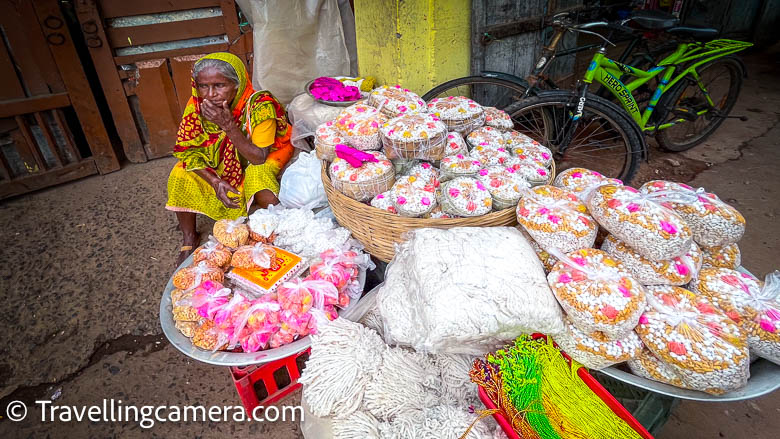
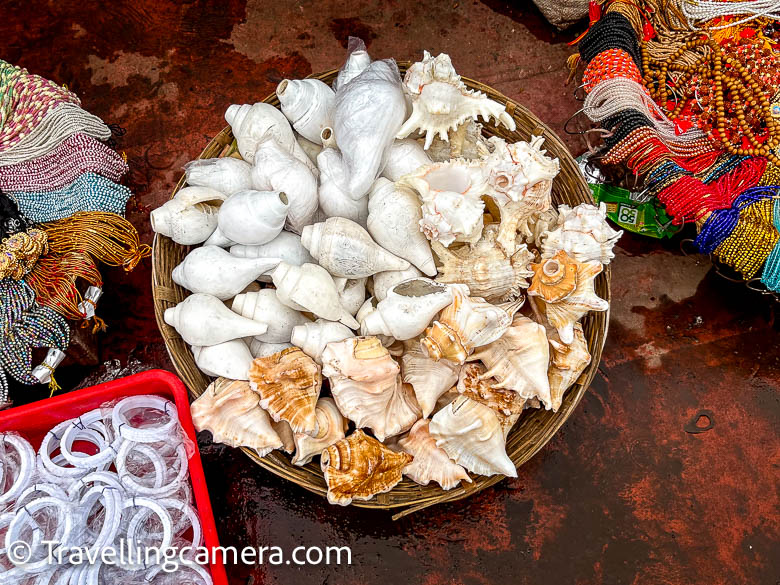





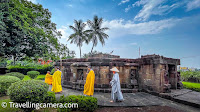



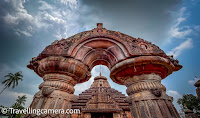




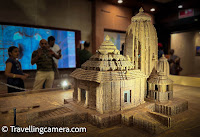


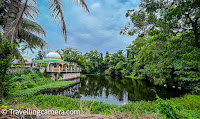






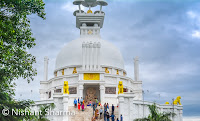




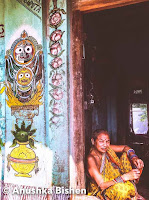

.jpg)
Comments